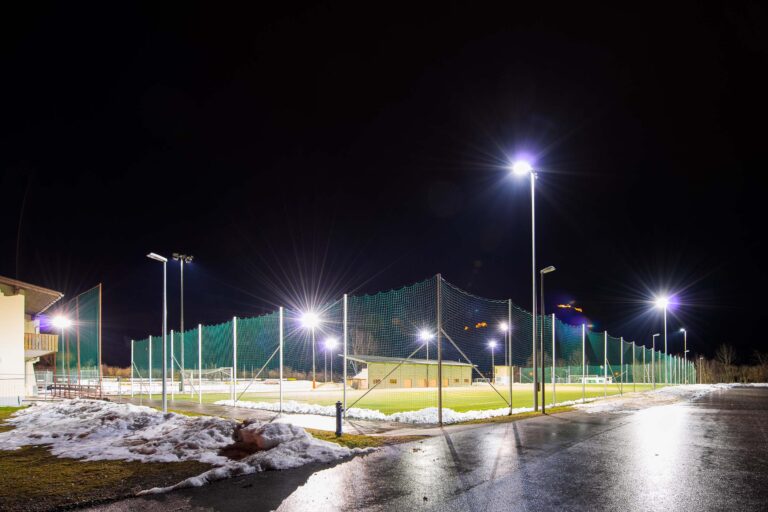Statutory nuisance is a Magistrates’ Court procedure designed to deal with a wide range of nuisances as set out in the Environmental Protection Act 1990. Its main advantage over civil nuisance is that it is normally free of the risk of paying the opponent’s costs if you lose.
The EPA 1990 provides two routes to deal with the various nuisances defined in section 79. One is for local authorities to act (often following complaints to them, though also on their own volition), and another which allows people to act directly, without involving the local authority.
Our experience is that local authorities often do not act, or, if they do, have their action heavily delayed by opponents engaging in protracted appeals procedures. So, we often recommend clients take action themselves under section 82 of the EPA 1990. If the Magistrates’ Court is satisfied that a statutory nuisance exists, it has power to order that the nuisance is abated and to pay compensation. It may order a fine to be paid (which results in a criminal offence having been committed, and defendants can obviously be sensitive to this possibility).
There are exceptions to the rule (resulting from these being criminal proceedings) that you can act without fear of paying adverse costs, but the honest, responsible complainant has nothing to worry about. If you win, you should normally get your costs paid. But there are disadvantages, including defences available to business operators of so-called “best practicable means” which may limit one’s scope for an effective remedy. There are other procedural disadvantages. However, overall, owing to the cost issues, it is often worth considering making a statutory nuisance claim.
A Magistrates’ Court can award compensation, but this is quite limited and if you win in statutory nuisance, you are still able to sue in the civil courts for that. However, the priority for most people is to have something done about the nuisance affecting them as soon as possible.
People (and indeed the Magistrates’ Courts themselves) are surprisingly unaware of the procedure. The common problem, we find, is that people put up with too much for too long, and/or rely on their local authorities.
We have run several statutory nuisance cases covering a wide range of issues: including noise from model aircraft; nuisance from Alton Towers theme park; refrigeration noise; an industrial site operating 24/7 next to homes, a builders merchant’s distribution depot; and noise, light and odour pollution from neighbouring properties.
The statutory nuisance tool is not used as much as it could be. We recommend anyone aggrieved by some activity that seriously affects their lives consider using it – but do be quick about it.
Meet the team
Our team has extensive experience in statutory nuisance claims. Please do get in touch if you have any queries.
Get in touch
Example Cases
Water fountain nuisance challenge
H v C
Settlement reached in claim concerning noise nuisance caused by neighbour’s water fountain.
Demolition nuisance private prosecution
S v CC & anr
Statutory nuisance challenge against major London development
Toffee the dachshund owners acquitted
CCC v T
Council’s continued prosecution of dog owner found to be ‘somewhat unreal’ by Court
Noise nuisance from model aircraft club
Sellars v Aldershot Model Club
Statutory nuisance claim against model aircraft in rural Hampshire.
Outstanding practice... Particularly experienced in aircraft noise and environmental nuisance problems.




